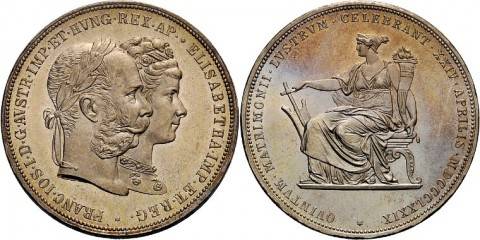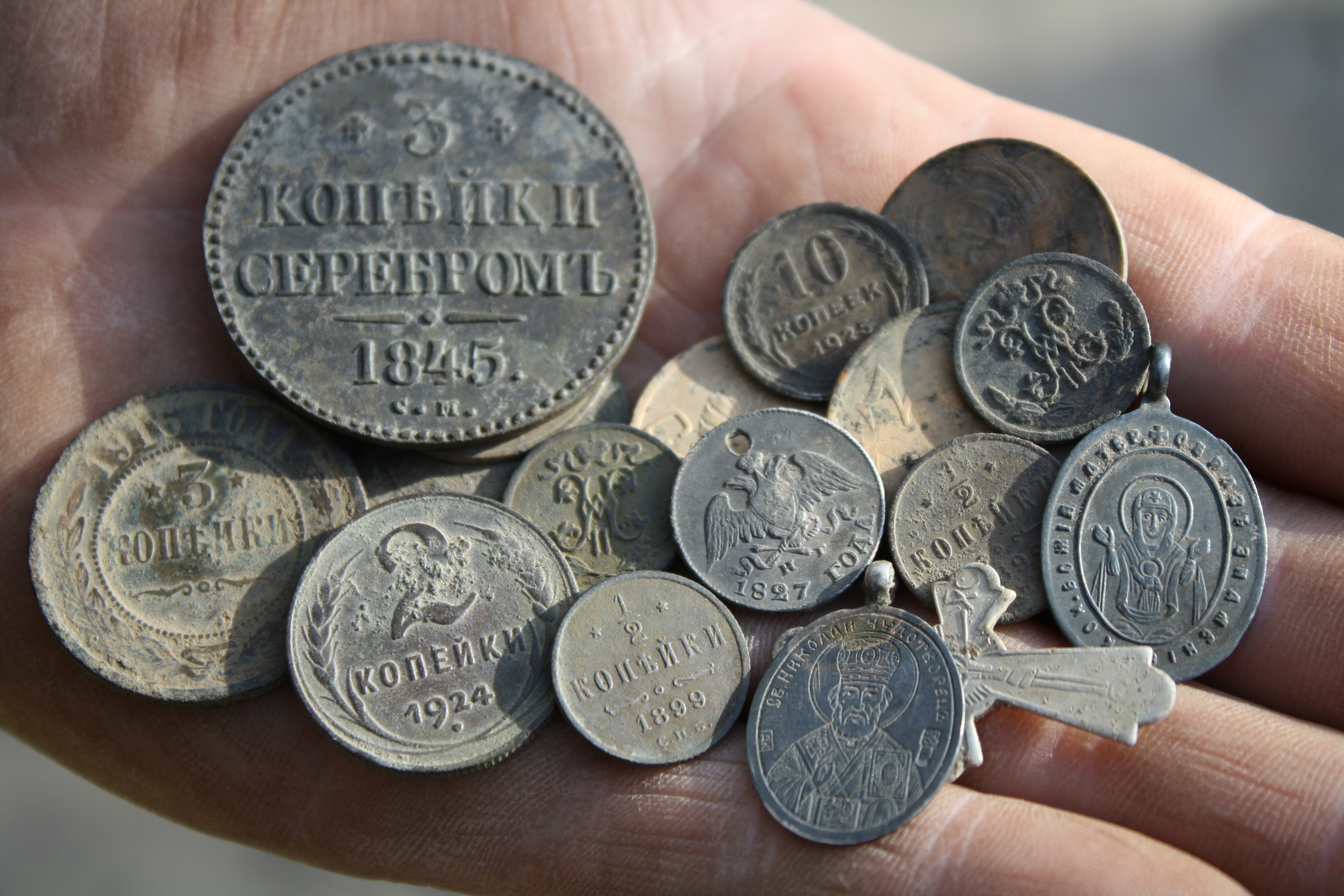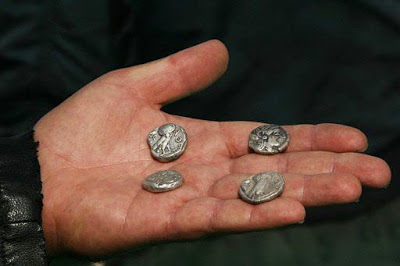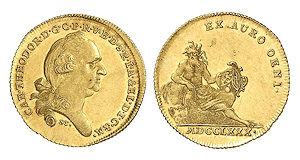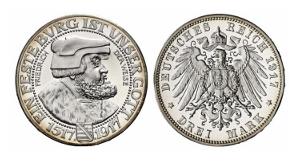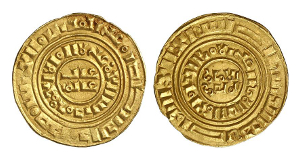developed today
German coins since 1871 – from Reichsmark to Euro
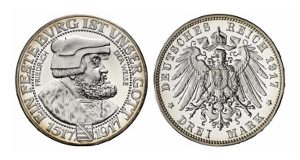 With the adoption of the constitution of the German Empire on April 16, 1871, responsibility for the currency of the empire passed from individual federal states to the government of the empire. Thus, it became possible to carry out long-overdue reforms on the establishment of a single system of sizes, types and weight of coins, the embodiment of which was the Reichsmark.
With the adoption of the constitution of the German Empire on April 16, 1871, responsibility for the currency of the empire passed from individual federal states to the government of the empire. Thus, it became possible to carry out long-overdue reforms on the establishment of a single system of sizes, types and weight of coins, the embodiment of which was the Reichsmark.
A mark (equal to 1/3 of a thaler in the north of Germany and 35 kreutzers in southern Germany) with a decimal division was adopted as a single nominal unit. One brand became equal to 100 pfennigam. Silver and gold coins were issued. Continue reading
Russian coins and medals (XV-XX century)
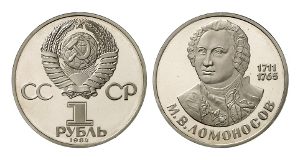 The history of Russian coins is still relatively short. In its development, the monetary business of Russia did not directly rely on ancient or medieval designs, and yet in an amazingly short time it reached such a level of diversity and beauty that collectors quickly become fascinated with striking images on coins and medals, as well as large-scale gold and silver minting.
The history of Russian coins is still relatively short. In its development, the monetary business of Russia did not directly rely on ancient or medieval designs, and yet in an amazingly short time it reached such a level of diversity and beauty that collectors quickly become fascinated with striking images on coins and medals, as well as large-scale gold and silver minting.
Whereas the money of many countries of the world, such as the American dollar, takes its name from the silver thaler, minted since the end of the 15th century, Russia has come a special way in the field of coinage. Continue reading
FIRST RUBLE
 – The original ruble of the Russian Tsar Alexei Mikhailovich in the catalog of V. I. Petrov (1900) is estimated at 300 rubles.
– The original ruble of the Russian Tsar Alexei Mikhailovich in the catalog of V. I. Petrov (1900) is estimated at 300 rubles.
Of course, the cost of extremely rare items of numismatics is a very relative concept. Petrov understood this very well, pointing to every page of his catalog: “Prices are not obligatory”.
A numismatist is usually interested not so much in the specific cost of a relatively rare numismatic item, as in its historical significance.
From this point of view, the ruble of Alexei Mikhailovich is of double value: both as a great rarity and as a new milestone in the history of Russian money circulation. Continue reading
